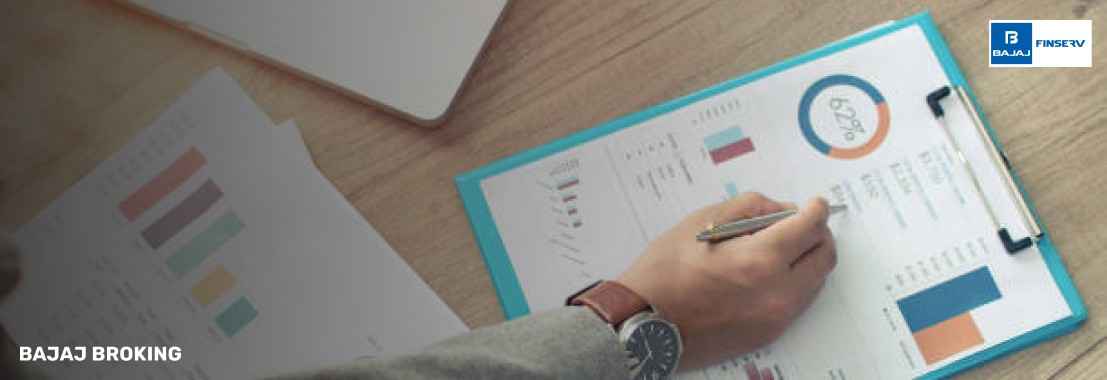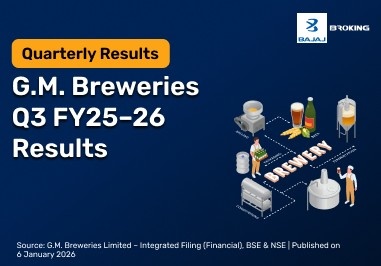When you're checking a company’s financial health, you may come across the current ratio vs quick ratio comparison. Both are tools to measure if a company can pay off its short-term debts. But they do it in slightly different ways.
The current ratio looks at all current assets. This includes cash, receivables, inventory, and prepaid expenses. That gives you a broader view of liquidity. The quick ratio, on the other hand, is more selective. It removes inventory and prepaid items to focus only on the most liquid assets.
So, the key difference in the current ratio vs quick ratio comparison lies in how much each ratio depends on inventory. When used together, they help illustrate both the general and immediate financial strength of a business.
What is the Current Ratio?
The current ratio shows if a company has enough short-term assets to meets its outstanding short-term liabilities. You calculate it using this formula:
Current Ratio = Current Assets ÷ Current Liabilities
If the number is more than 1, it means the company has more assets than debts, at least in the short term. While this may appear reassuring, one must remember that not all assets are equally liquid.
In India, analysts use the current ratio often, especially in sectors where stock moves quickly—like consumer goods or retail. It gives a full picture because it includes everything, even inventory and prepaid expenses.
The current ratio is also called the working capital ratio. It tells you if a company can pay its bills, but it may overestimate liquidity if too much of the asset base is tied up in stock.
What is the Quick Ratio?
The quick ratio, also known as the acid-test ratio, takes a more cautious view. Here’s how you calculate it:
Quick Ratio = (Current Assets − Inventory − Prepaid Expenses) ÷ Current Liabilities
It leaves out inventory and other items that are harder to convert into cash quickly. You’re left with just the most liquid assets—cash, receivables, and marketable securities.
The quick ratio becomes especially useful in industries where inventory doesn't move fast, like manufacturing. It helps you understand if the company can pay short-term debts without waiting to sell stock.
Compared to the current ratio, the quick ratio gives a sharper picture of cash strength in tight situations.
Key Differences Between Current and Quick Ratios
Aspect
| Current Ratio
| Quick Ratio
|
Calculation
| Current Assets ÷ Current Liabilities
| (Current Assets − Inventory − Prepaid Expenses) ÷ Current Liabilities
|
Focus
| Includes all current assets
| Focuses only on quick-to-cash assets
|
Also Called
| Working capital ratio
| Acid-test ratio
|
Usefulness
| General measure of short-term liquidity
| Better for understanding immediate liquidity
|
Indicator of
| Overall ability to meet short-term obligations
| Ability to meet obligations without depending on inventory
|
This table helps you clearly see how the current ratio vs quick ratio comparison works and where each is useful.
When to Use Current Ratio and Quick Ratio
Here’s how you decide when to apply each of these liquidity measures.
Use the current ratio if you’re analysing a company where inventory moves quickly and has value in the short term. Sectors like retail and fast-moving consumer goods may fit this profile. It gives a full picture of short-term financial health.
Use the quick ratio when you want to understand immediate liquidity—especially in industries where inventory is slow-moving or unpredictable. Sectors like manufacturing or capital goods often benefit from this sharper look at near-cash resources.
Together, the current ratio and quick ratio provide a well-rounded understanding of liquidity.
Limitations of Current Ratio vs Quick Ratio
Both the current ratio and quick ratio are useful tools. But they also have limitations. Knowing where each one falls short helps you use them better.
Limitations of the Current Ratio
Inventory Can Distort Results
The current ratio includes inventory. That’s fine in retail, but in industries where stock doesn’t move fast, it may overstate liquidity.
It’s Just a Snapshot
The ratio shows where the company stands at a single point in time. It doesn’t tell you if trends are improving or declining.
Ignores Payment Timing
It doesn’t factor in when receivables will come in or when bills are due. That can create gaps between what looks good on paper and real cash flow.
Seasonal Fluctuations
If the business has peak seasons, the ratio may look stronger during those months. It might not reflect average liquidity through the year.
Limitations of the Quick Ratio
No Inventory Counted
The quick ratio skips inventory. That’s a safe move in some industries, but in others—like fast-moving retail—it may undervalue real liquidity.
Still Just One Moment
Like the current ratio, the quick ratio doesn’t show long-term patterns. It won’t warn you about upcoming risks or obligations.
Needs Up-to-Date Numbers
For accuracy, this ratio depends on reliable and current financial data. If the books are outdated, the results may not be useful.
Sensitive to Short-Term Changes
A sudden drop in cash or receivables can pull the quick ratio down—even if the company remains stable overall.
Despite these limits, comparing the current ratio and quick ratio helps balance out blind spots in each.
Conclusion
The current ratio vs quick ratio debate shows how different angles of liquidity offer different insights. The current ratio gives a broad view of financial health. The quick ratio focuses on how fast the company can pay off debts without relying on inventory.
Using both lets you assess stability from multiple angles. The gap between the current ratio and quick ratio can tell you how much a company relies on less liquid assets. Track both over time to spot trends and get a full picture of financial readiness.
Disclaimer: This article is for informational purposes only. It does not represent or constitute an offer to sell or a solicitation of an offer to buy any financial instrument. This is not a recommendation or advice for your personal situation. Please consult your financial advisor for personalised guidance.














